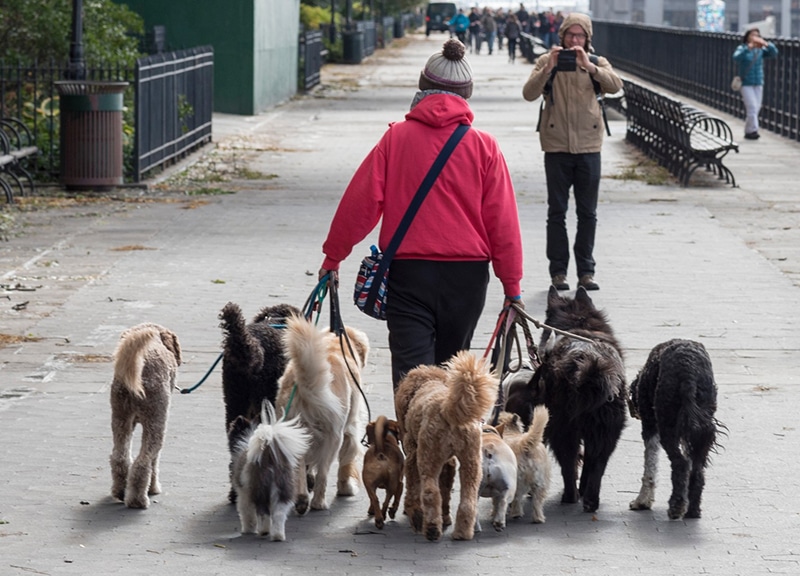Some days it feels like every second patient has anal gland issues. These range from simply full glands, just starting to cause issues all the way through to abscesses.
I recently saw a Yorkie-poo patient with a burst abscess, poor little tyke was in so much pain he needed to be sedated to have a proper examination of his bum.
To be strictly correct, the two little sacs at approximately 4 and 8 o’clock below your dog’s anus are called anal sacs as they aren’t truly glands. However, in this article, we will use both terms as many people know them by both terms.
Anal gland disease is quite common with the incidence of anal gland disease being reported in about 5% of dogs.
Due to the high prevalence of anal sac issues, many think that pre-emptive expression of these sacs by your veterinarian or groomer is needed but this isn’t necessarily true.
In this article, we will provide you with all the information you should need to spot the signs of anal sac issues and when to make an appointment with your veterinarian. You’ll also be happy to know (though not when you smell “bum juice”) that dogs can indeed express their anal glands without intervention.
How do you tell if your dog needs his glands expressed?
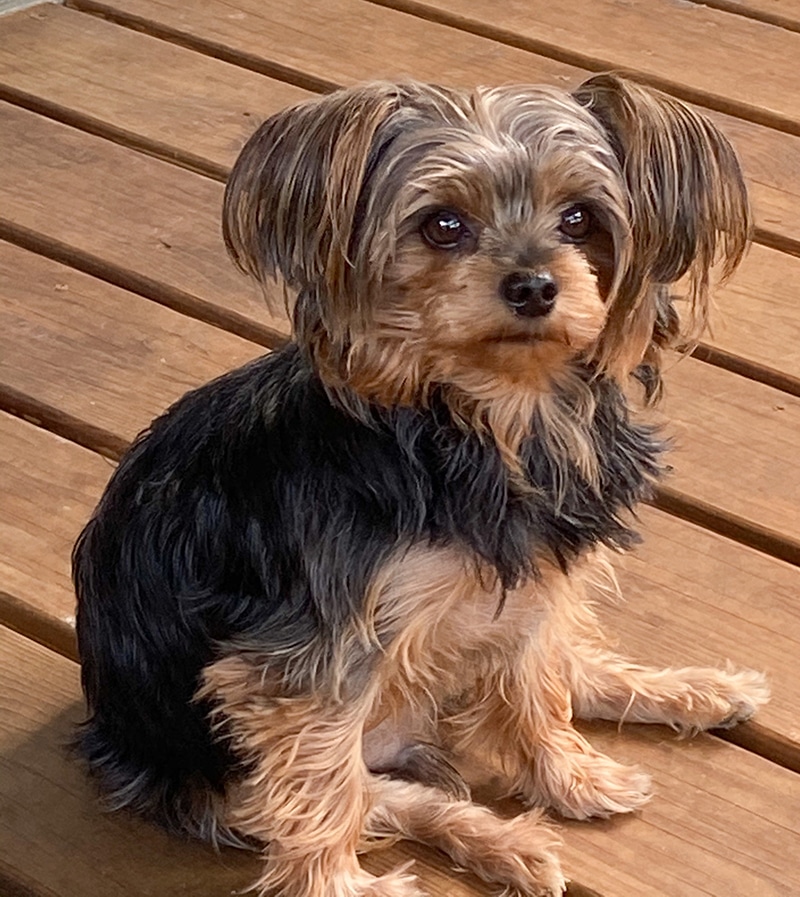
There are a few fairly characteristic signs that dog’s show when they have anal gland issues which we’ve covered in more detail below.
Anal sac issues tend to occur when your pooch is having difficulty expressing its glands by themselves. Dogs should naturally express their anal glands each time they poop but this doesn’t always happen for a variety of reasons such as diarrhea and obesity. Let’s look at some of the signs that your dog needs a little help in this department.
Scooting their bum along the ground
Bum scooting is a common sign in dogs that have irritation around their bum with the primary cause of this being anal sac issues (though it can also be due to parasites or allergies). The discomfort or itchiness is relieved when your pooch drags their bum along the ground and in the case of anal sac impactions, they may be doing this to try to release the pressure they feel in the area.
Chewing or excessive licking their bum and base of the tail
Is your dog sometimes apparently obsessed with licking their bum and chewing the base of their tail? To the point where even when offered their favorite treats, they keep chewing and licking?
Then your pooch may have some anal sac irritation. They chew around their bottom to try to relieve the itching and discomfort and in some cases, they may be able to stimulate a small amount of fluid to be released.
Snapping or yelping while looking at their bum suddenly for no obvious reason
Picture the scene – you and your pooch are snuggled up on the couch, perfectly relaxed when suddenly they jump up (usually punching you in the stomach) and yelp or snap at their bum.
While it may seem like they’ve been spooked by a ghost poking them on the butt, it’s actually more likely they had a sharp or sudden feeling of pressure or pain in the area. Anal sac impactions and infections are common causes for this behavior. The anal area is chock full of nerves that could be causing some of this pain.
Difficulty or crying when pooping
Not the most commonly seen sign of anal sac disease but in my experience, it’s reported by dog pawrents when their pooch has developed a firm impaction or infection of one or both of these sacs.
The most likely cause of this is the significant inflammation that accompanies these problems making it difficult and painful to defecate.
Leaving smelly spots after sitting (leaking anal gland “juice”)
Ah, the dreaded release of “bum juice”, have I said before that it’s usually on a cream-colored cardog or your new sweater?! Because it feels like that, usually I get anal gland leakage just when I’ve put on a fresh pair of scrubs.
This happens when your dog’s anal sacs are full but for some reason they’ve not been expressing them which leads to the stinky leakage that our pooches then insist on cleaning up themselves.
If you see your pooch doing any of the above then you should take them to be checked over by your veterinarian.
How do dogs express their glands naturally?
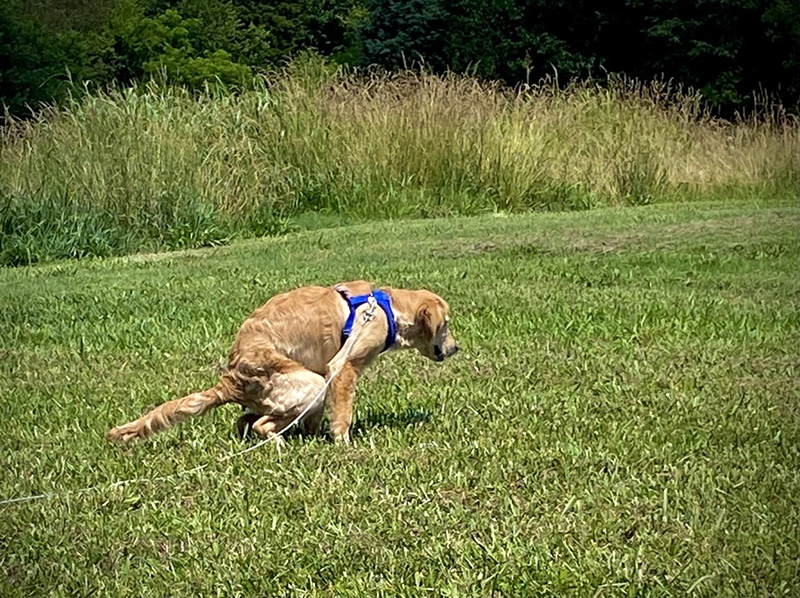
In most cases, your dog’s anal glands will naturally express every time they poop. Most dogs shouldn’t need their anal glands expressed as they’re naturally emptied by the pressure of muscle contractions and firm feces on the as they pass through the anus.
The action of muscle contractions along with the pressure that normal, firm feces place on the glands as they pass through the rectum allows your dog’s anal glands to empty naturally.
Healthy poop should be firm and hold its shape (but not rock hard) which puts pressure on the anus and anal sacs.
This pressure has a counterpoint in the pelvic and perianal muscles causing compression of the anal sacs and thus emptying their contents and coating the feces as they pass.
How often do dogs express their Anal Glands?
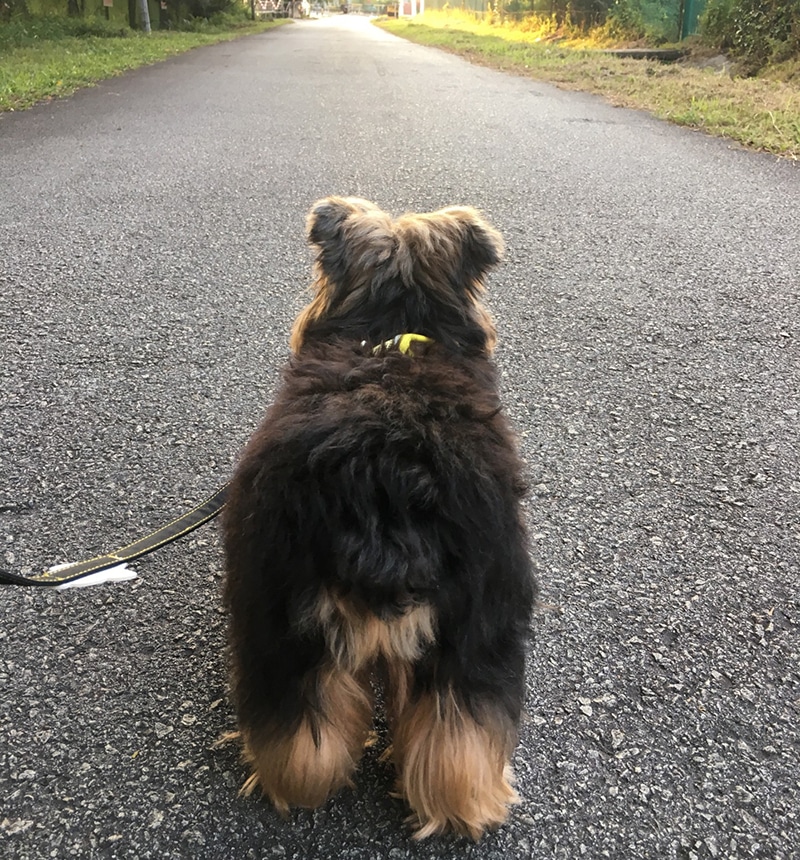
Your dog should naturally express their anal glands every time they poop. The frequency of this will depend on how often your pooch goes to the bathroom which should be at least once per day. This is completely normal and means that your dog’s digestive tract is working well.
If your pooch isn’t pooping daily then this may be an indication of an underlying problem and your veterinarian should examine your pooch. dog’s that aren’t pooping frequently are at risk of developing impacted anal sacs.
Normal anal sac fluid should be fairly watery and may not be evident on your dog’s feces, however, if you notice thick, dark or grainy type fluid this is an indication that your dog is having some degree of anal gland impaction or inflammation. Evidence of blood or pus is an indication of infection or impaction and you should make an appointment with your DVM promptly.
When do dogs express their glands? (reasons & triggers)

Aside from regularly expressing their anal glands while toileting, dogs can express them in other situations
Some reasons your dog may express their anal sacs include:
- Stress: Stressed dogs may trigger their dog to “shoot” their anal sacs due to contraction of the perianal muscles.
- Fear: Sudden shocks and fear causes sudden contraction of perianal muscles which leads to the release of the contents.
- Excitement: Excited dogs tend to cause sudden tension of the anal region leading to the release of anal sac contents.
- Over-filled: Sometimes if your dog has had diarrhea which reduces the pressure on their anal sacs they don’t empty regularly and may cause leakage when your dog sits down.
Dog’s spontaneously emptying their anal sacs is completely normal and nothing to worry about (aside from the smell and inevitable mark on your brand new, light-colored throw pillow).
Is this normal?
It’s completely normal for your pooch to naturally express their sacs or have some leakage if they’ve been startled by something. However, if your dog is leaving some “bum juice” behind every time they sit down that’s not normal and is actually an indication that they’re not expressing their glands fully when they poop.
If you notice frequent staining on your dog’s bed or where they’ve been resting then you should make an appointment with your veterinarian for an examination. This is doubly important if you notice blood spots or pus.
Should I stop my dog from expressing his anal glands naturally?
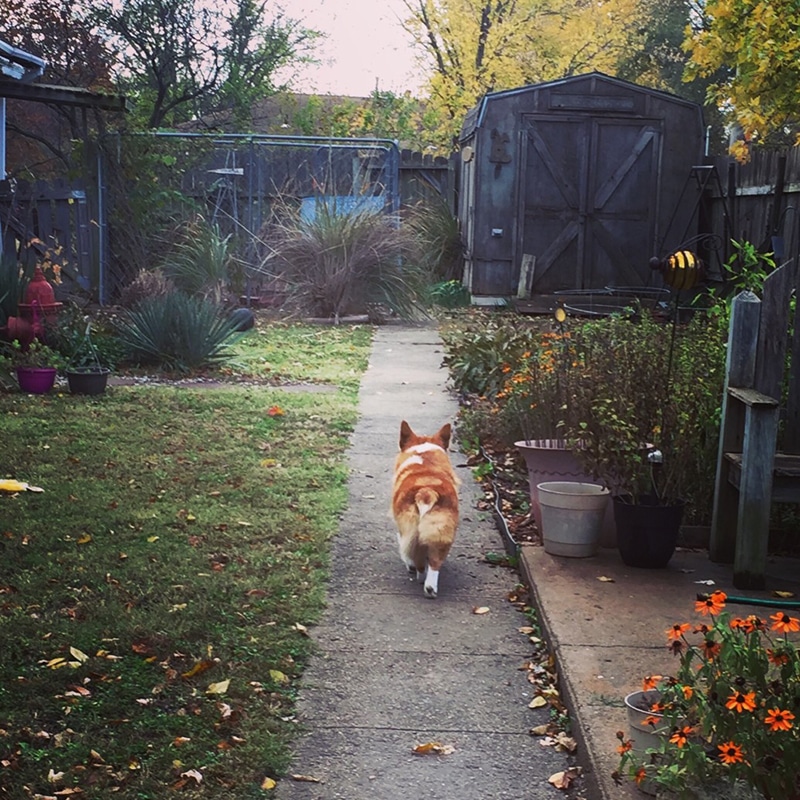
No, anal gland expression is completely normal for your dog and you shouldn’t try to stop it. There’s actually no way for you to stop your dog from naturally expressing their anal sacs.
It’s completely normal and healthy for your pooch to express their anal glands. If your dog doesn’t express their glands regularly they can become impacted which leads to inflammation and painful infections.
What can I do to help my dog express glands naturally?
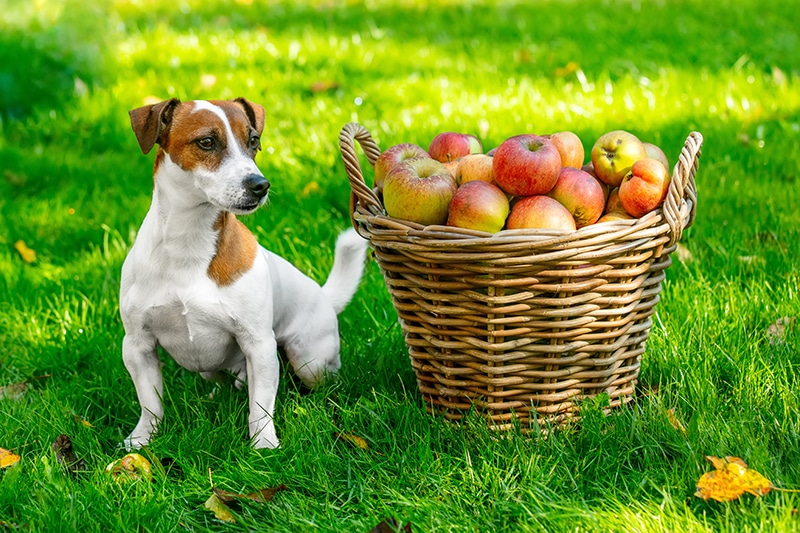
Feeding a nutritious diet and occasionally adding some extra fiber to maintain stool quality is essential to support your dog’s natural anal sac expression. Regular exercise and preventing obesity are also good for healthy expression of your dog’s anal glands.
One of the most important things you can do to ensure that your fur-baby is expressing their glands regularly in a healthy way is to ensure that they’re receiving high-quality, nutritious food with fibers.
You can get there with commercial high fiber brands or by adding some high fiber human foods such as some high fiber fruits and vegetables to their diet.
Dogs with a healthy digestive tract are less likely to have anal sac issues as their poop is firm and full of fiber to help with the expression of these sacs.
Pooches that receive regular exercise and aren’t overweight are also less likely to have these issues as they have strong muscles and less fat around their bum which can interfere with the expression of their anal glands.
If your dog is a breed that may be prone to anal gland issues, then pre-emptive management with added fiber supplements or pumpkin to their diet to help their stool quality is doubly important.
Some breeds that are considered at an increased risk of anal sac diseases include Cavalier King Charles spaniels, Bichon Frise, and Shih-Tzu. Interestingly there are even some breeds that appear to be at reduced risk of the anal gland issues discussed here. These include Labrador Retrievers, Border Collies, German Shepherds, and Staffordshire Bull Terriers.
When should I get worried and go to a vet?
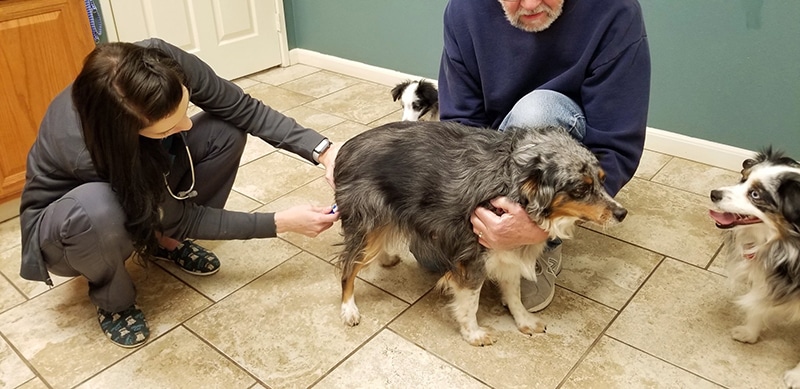
Luckily our fur-iends tend to let us know when they are having issues with their anal glands. If you see any of the signs listed above such as bum scooting, chewing at their bum or leaving patches of smelly fluid after sitting down then it’s an indication your dog is developing an issue.
Some dogs are a little trickier to read and the first indication you may see of them having a problem is difficulty pooping, crying when pooping, or swelling/redness around their bum. Occasionally you may see blood on their poop if they have an abscess. These are all signs to make an appointment with your veterinarian as soon as possible.
The Final Woof
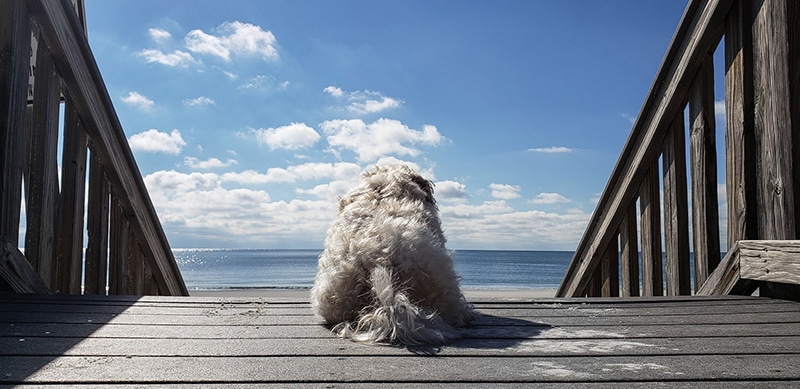
While we sometimes feel personally victimized by the stink of anal gland fluid (especially when it gets on clothing) from our dogs, it’s a normal bodily fluid that needs to be expressed regularly to prevent issues.
Many dogs never seem to have any issues with their anal glands while others seem plagued throughout their lives.
Most pooches will express their anal sacs without issue throughout their life, however, if your dog is showing any of the signs that we’ve discussed here you should make an appointment with your veterinarian as soon as possible to try to prevent further worsening of their condition.
Always consult with your dog’s DVM if you have any concerns about your fur-baby’s health.
References
Beynen, A.C. (2019). Diet and anal-sac impaction in dogs. Dier-en-Arts 12:312-313
Paterson, S. & S. Steen (2016). Anal sacs: a new approach to an old problem? Veterinary Practice
Rutherford, L. & K. Lee (2015). Anal sac disease in dogs. InPractice

